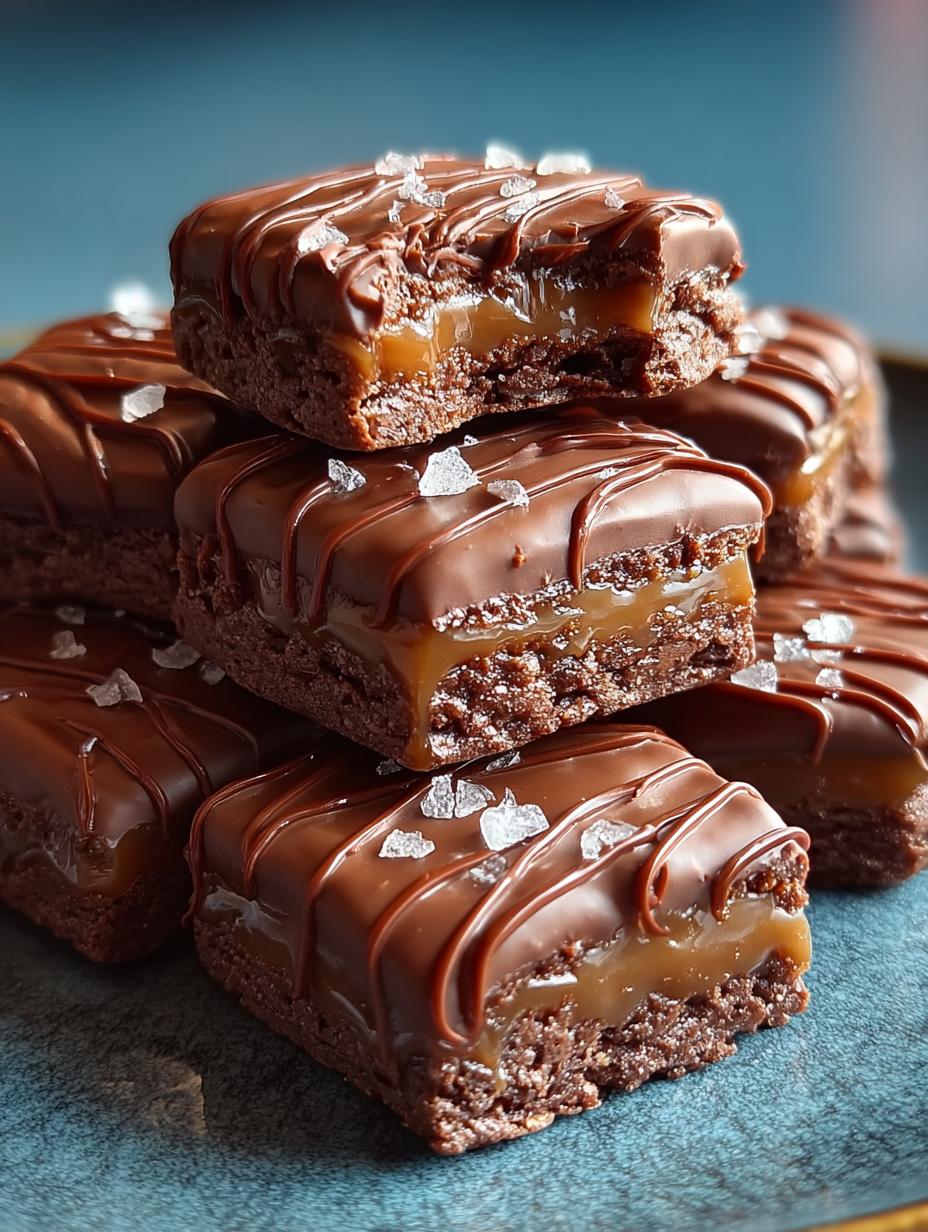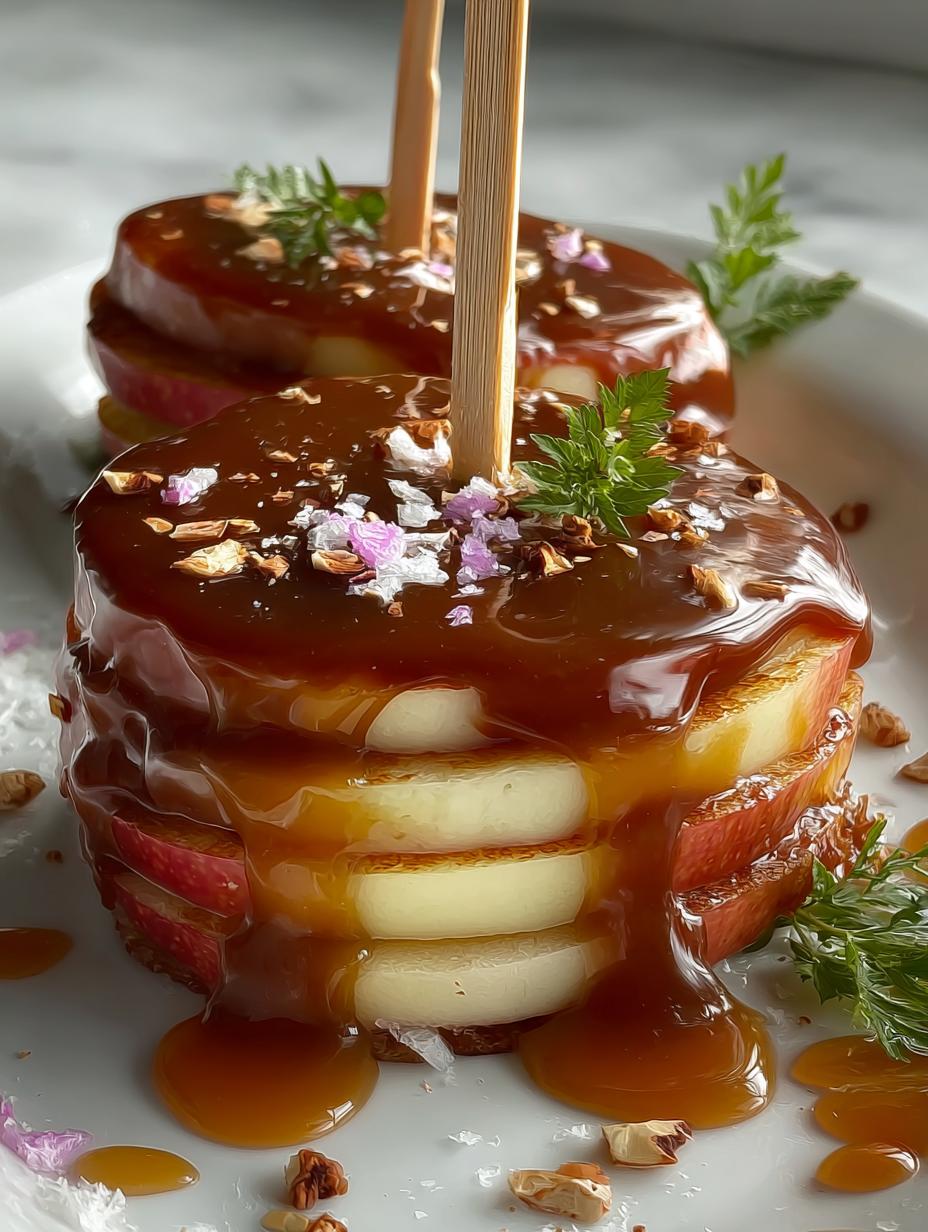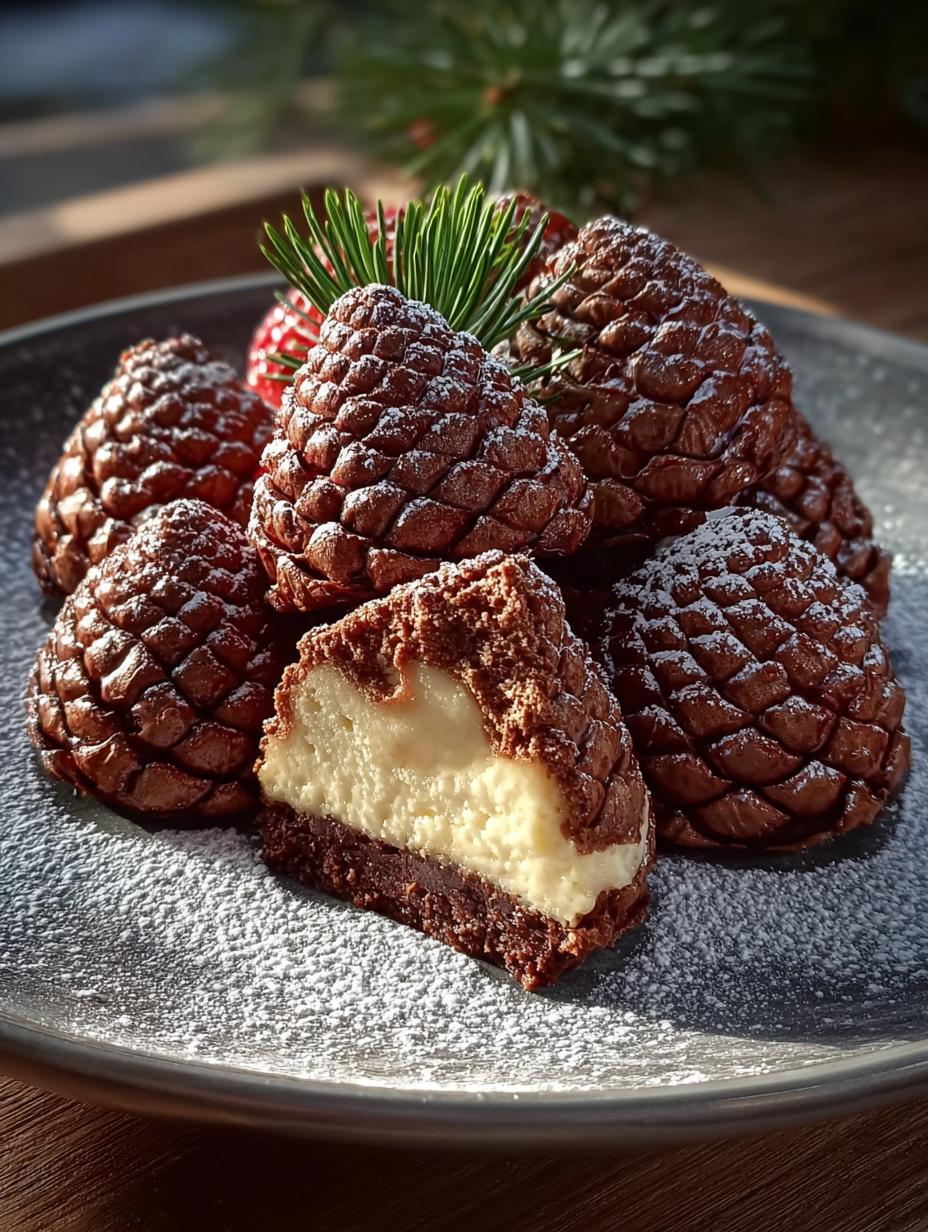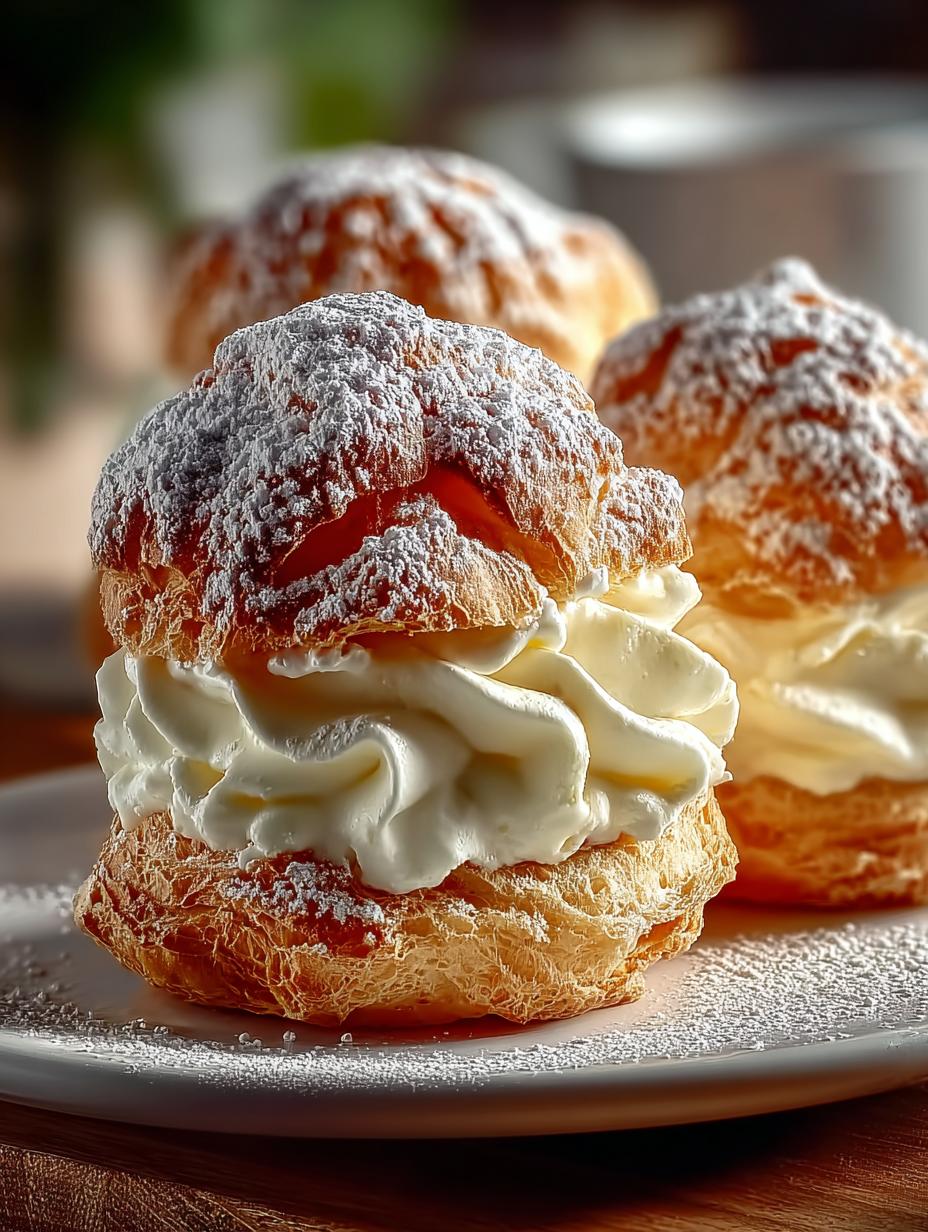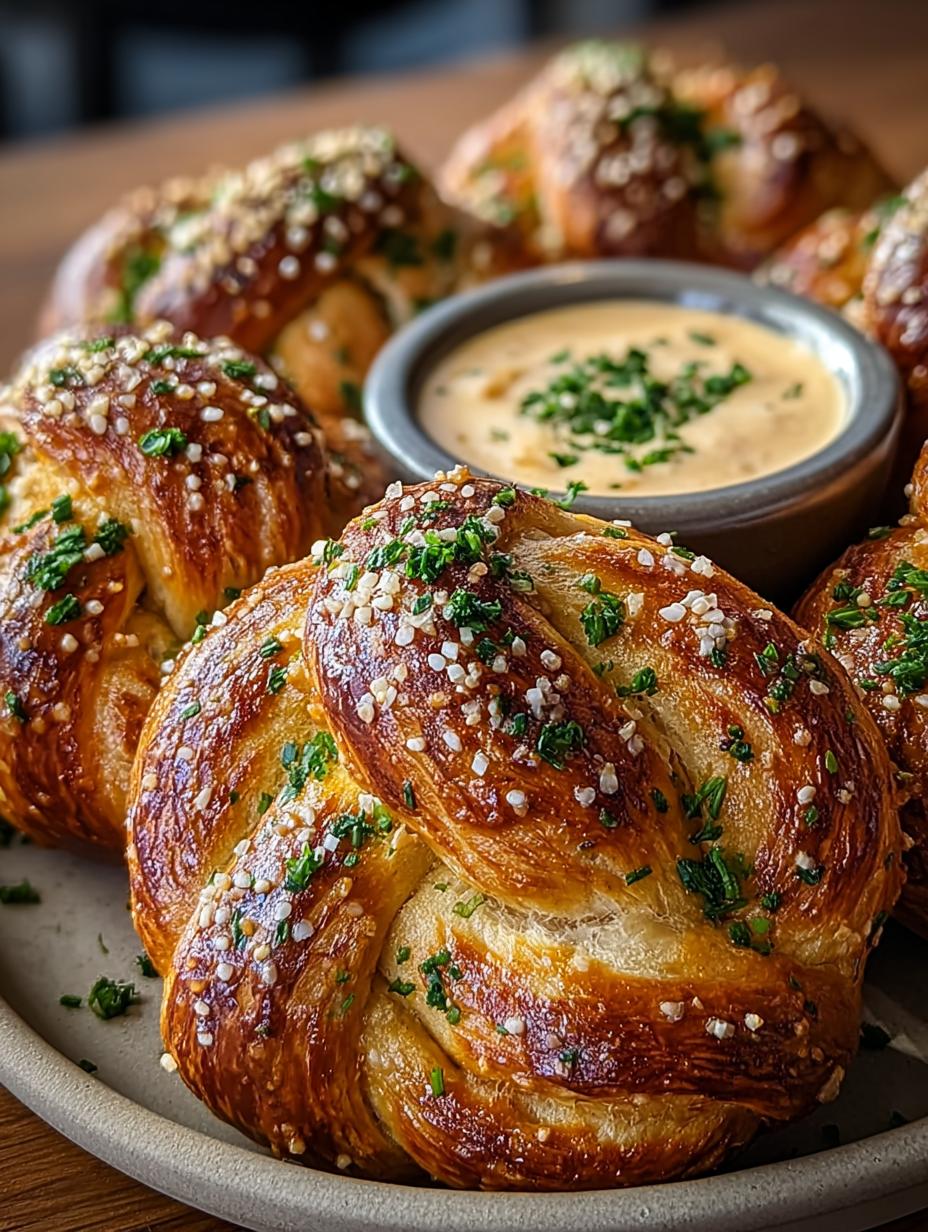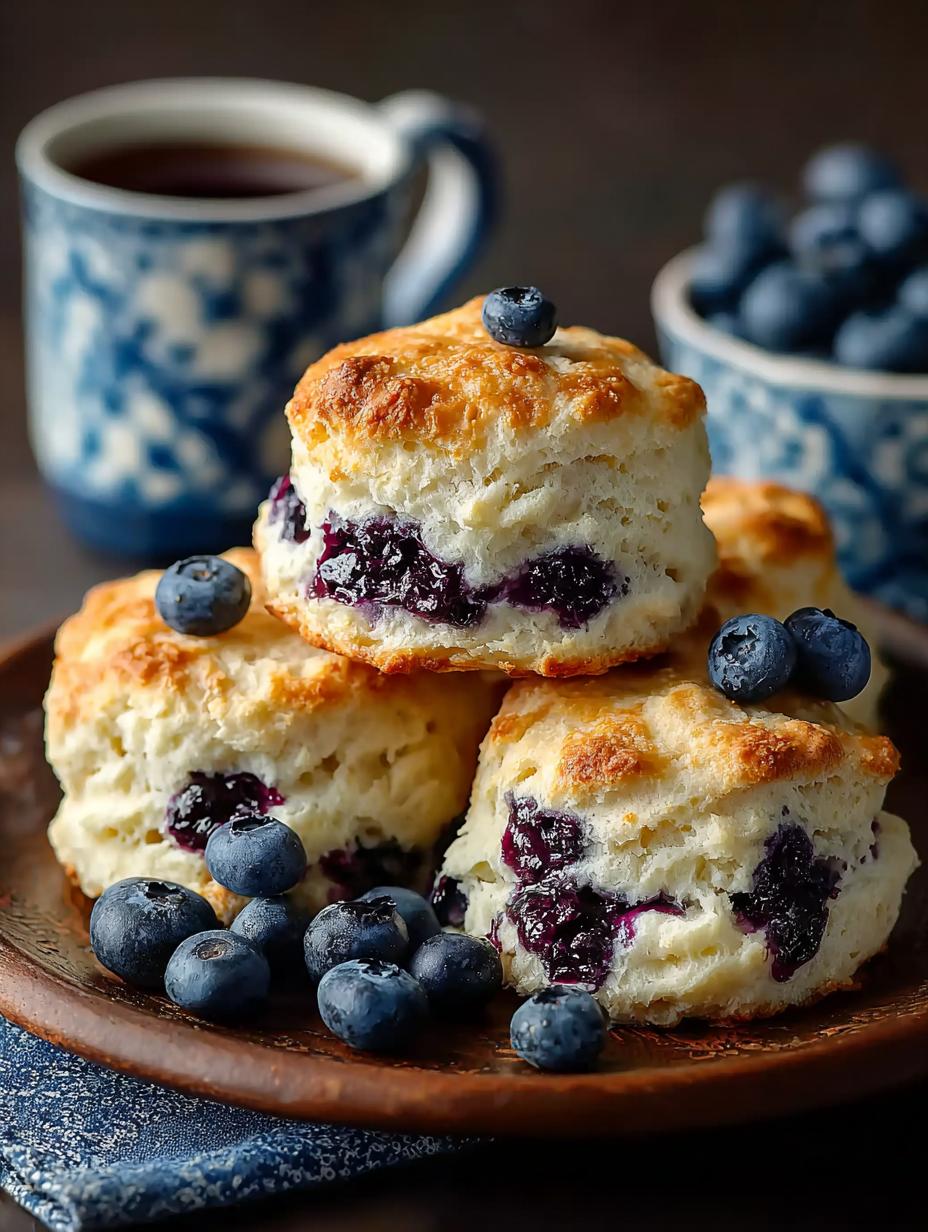Healthy Kit Kat has been my guilt-free pleasure ever since I started looking for a delicious, yet conscious alternative to store-bought sweets. I’ve always loved the satisfying snap of a Kit Kat bar, but the traditional version didn’t quite fit my commitment to clean eating. That’s when I embarked on a mission to create a homemade healthy Kit Kat that captures all the magic without the sugar crash. The aroma of rich chocolate and a hint of vanilla filling my kitchen brings back joyful childhood memories, but now I know I’m fueling my body with goodness. This sugar-free Kit Kat recipe truly delivers on taste and texture, proving that healthy can be incredibly delicious. Let’s get cooking!
Why You’ll Love This Healthy Kit Kat
I’m so excited for you to try this recipe because it truly transforms a classic treat into something you can feel good about. Here are just a few reasons why this healthy Kit Kat will become a new favorite:
- It offers that perfect crisp wafer and smooth chocolate combination you crave.
- This recipe is surprisingly quick, with only about 30 minutes of active prep time.
- You’ll enjoy a delicious treat that’s vegan, gluten-free, and a fantastic low-carb Kit Kat option.
- Making your own treats at home is always more budget-friendly than buying specialty items.
- It’s a fun project to make with the family, and everyone will love these homemade healthy Kit Kat bars.
- This clean eating Kit Kat alternative satisfies your sweet tooth without the guilt of added sugars.
Ingredients for Healthy Kit Kat
Crafting your own healthy Kit Kat bars requires just a few simple, wholesome ingredients. I’ve carefully selected each one to ensure you get that authentic taste and texture without any unnecessary additives. Here’s what you’ll need to make this delicious homemade healthy Kit Kat:
- 1 1/4 cup blanched almond flour (115g) – this is the base for our crispy wafers, providing a gluten-free Kit Kat recipe foundation.
- 3 Tbsp coconut sugar – a natural sweetener that gives a subtle caramel note without refined sugars.
- 1 Tbsp ground flax – acts as a binder and adds healthy omega-3s to our low-carb Kit Kat bars.
- 1/8 tsp salt – just a pinch to balance the sweetness and enhance flavors.
- 3 Tbsp melted coconut oil – helps bring the dough together and contributes to the crispness.
- 1 Tbsp water – for the right dough consistency.
- 1 tsp vanilla extract – adds a warm, inviting aroma and flavor.
- 2 Tbsp dark chocolate – for the rich, fudgy filling.
- 3 Tbsp peanut butter (or Sunbutter) – creates the creamy, satisfying layer between the wafers.
- 1 cup dark chocolate (5oz) – for the decadent outer coating of your copycat healthy Kit Kat.
- 1/2 Tbsp coconut oil – to help melt and smooth the chocolate for dipping.
How to Make Healthy Kit Kat
Making your own healthy Kit Kat bars is a fun and rewarding process. I’ll walk you through each step to ensure your homemade healthy Kit Kat turns out perfectly crispy and deliciously chocolatey. Get ready to enjoy the ultimate sugar-free Kit Kat recipe!
- Step 1: First, preheat your oven to 350 degrees F (175°C). This ensures your cookie wafers bake evenly.
- Step 2: In a medium-sized mixing bowl, combine all the dry cookie ingredients: the blanched almond flour, coconut sugar, ground flax, and salt. Make sure they are well mixed.
- Step 3: Now, add the wet ingredients to the dry mixture: the melted coconut oil, water, and vanilla extract. Start by mixing the dough with a spatula until it begins to come together. Then, I find it easiest to use my hands to knead it gently until a cohesive dough forms.
- Step 4: Roll the dough between two sheets of parchment paper using a rolling pin. Aim for a thickness of about 1/8 inch. This thinness is key to achieving that classic wafer-like crunch for your gluten-free Kit Kat recipe.
- Step 5: Using a knife or a pizza cutter, carefully cut the rolled dough into small rectangles, roughly 3.5 x 0.75 inches. Remove the excess dough and set it aside; you can re-roll it to make more cookies.
- Step 6: Transfer the cut cookie dough, still on its parchment paper, to a baking sheet. Bake them in your preheated oven at 350 degrees F (175°C) for 8-10 minutes. Keep a close eye on them; they should be lightly golden.
- Step 7: Once baked, remove the cookies from the oven. While still on the pan, use a knife or pizza cutter to gently separate the cookies if they’ve spread. Let them cool on the pan for 5-10 minutes before carefully transferring them to a wire cooling rack to cool completely. This helps them crisp up.
- Step 8: For the decadent fudge filling, melt the 2 tablespoons of dark chocolate. Once melted and smooth, stir in the peanut butter (or Sunbutter).
- Step 9: It’s crucial to cool the fudge mixture for about 10 minutes before spreading it onto the cookies. It should be thick enough to resemble frosting. This ensures it won’t run off your wafers.
- Step 10: Each healthy Kit Kat bar will consist of three cookies and two layers of fudge. Assemble your bars by spreading a layer of fudge on one cookie, topping it with another cookie, then another layer of fudge, and finally the third cookie. Set the assembled bars on a lined baking sheet and place them in the freezer to set for about 15-20 minutes. This step is vital for easy dipping.
- Step 11: For the chocolate coating, place the 1 cup of dark chocolate and 1/2 tablespoon of coconut oil in a small saucepan. Melt over very low heat, stirring frequently until completely smooth and glossy.
- Step 12: Grab your firm, assembled bars from the freezer. Dip each bar, one at a time, into the melted chocolate, ensuring it’s fully coated for a perfect copycat healthy Kit Kat experience.
- Step 13: Place the coated bars back on the lined baking sheet.
- Step 14: If you have any remaining chocolate, drizzle it artfully over the bars to complete your delicious homemade healthy Kit Kat. Let them set completely at room temperature or in the fridge before enjoying.

Pro Tips for the Best Healthy Kit Kat
I’ve made these healthy Kit Kat bars countless times, and I’ve picked up a few tricks that make all the difference. Follow these expert tips to ensure your homemade healthy Kit Kat turns out perfectly every time, achieving that satisfying crunch and rich chocolate flavor.
- Don’t overmix the cookie dough; gentle handling keeps the wafers tender and crisp.
- Ensure your cookie wafers are completely cool before applying the fudge filling.
- Freeze the assembled bars thoroughly before dipping them in chocolate for a smooth, even coating.
- Use high-quality dark chocolate for the best flavor and a beautiful finish on your sugar-free Kit Kat recipe.
What’s the secret to perfect healthy Kit Kat?
The key to a truly perfect healthy Kit Kat lies in achieving that delicate balance of a crisp wafer and a rich, smooth filling. My secret is rolling the dough very thin, about 1/8 inch, and ensuring the fudge filling is thick and cool before assembling. This creates the ideal texture contrast that makes these copycat healthy Kit Kat bars so addictive.
Can I make healthy Kit Kat ahead of time?
Absolutely! These healthy Kit Kat bars are fantastic for meal prep. You can assemble the cookie wafers and fudge layers and freeze them for up to a week before dipping in chocolate. Once fully coated, store them in an airtight container in the fridge for easy grab-and-go treats.
How do I avoid common mistakes with healthy Kit Kat?
To avoid common pitfalls when making your healthy Kit Kat, don’t rush the cooling process for the wafers or the fudge. Ensure the chocolate for dipping isn’t too hot, as it can melt the fudge layers. Also, make sure your cookie dough is rolled evenly thin for consistent baking and crispness, ensuring a perfect low-carb Kit Kat bar every time.
Best Ways to Serve Healthy Kit Kat
Once your homemade healthy Kit Kat bars are set, the fun truly begins! I love enjoying these as a guilt-free dessert after dinner, especially since they’re a delicious sugar-free Kit Kat recipe. They pair wonderfully with a hot cup of herbal tea or a glass of unsweetened almond milk for a cozy evening treat.
For a more indulgent experience, try crumbling a few pieces of your healthy Kit Kat over a bowl of plain Greek yogurt or a scoop of your favorite low-sugar ice cream. The crisp texture and rich chocolate add a delightful contrast. These copycat healthy Kit Kat bars are also perfect for packed lunches or as a quick, energizing snack to get you through the afternoon slump, proving that a low-carb Kit Kat can be both satisfying and delicious.
Nutrition Facts for Healthy Kit Kat
I know many of you are curious about the nutritional benefits of this homemade healthy Kit Kat, especially since it’s designed to be a cleaner alternative. Here’s a breakdown of the estimated nutritional information per serving for your delicious low-carb Kit Kat bars:
- Serving Size: 1 bar
- Calories: 170
- Fat: 14g
- Saturated Fat: 7g
- Unsaturated Fat: 7g
- Trans Fat: 0g
- Carbohydrates: 9g
- Fiber: 3g
- Sugar: 5g
- Sodium: 20mg
- Protein: 4g
- Cholesterol: 0mg
Nutritional values are estimates and may vary based on specific ingredients used and preparation methods for your sugar-free Kit Kat recipe.
How to Store and Reheat Healthy Kit Kat
Once you’ve made your delicious batch of homemade healthy Kit Kat bars, proper storage is key to keeping them fresh and crispy. After they’ve fully set, I recommend placing them in an airtight container. They’ll stay fresh in the refrigerator for up to 3-4 days, making them a perfect grab-and-go snack or dessert.
For longer storage, these low-carb Kit Kat bars freeze beautifully! Simply wrap individual bars in plastic wrap, then place them in a freezer-safe bag or container. They can be stored in the freezer for up to 3 months. When you’re ready to enjoy a frozen healthy Kit Kat, just let it thaw at room temperature for about 10-15 minutes, or pop it in the fridge for an hour. There’s no need to reheat them; they’re best enjoyed chilled or at room temperature for that satisfying snap.
Frequently Asked Questions About Healthy Kit Kat
Can I use a different flour for the healthy Kit Kat wafers?
Yes, you can! While blanched almond flour is my go-to for these healthy Kit Kat bars, if you’re looking for an alternative, tigernut flour can be used as a direct substitute. It also provides a great texture and keeps the recipe gluten-free. Just ensure whatever flour you choose is finely ground for the best wafer consistency in your homemade healthy Kit Kat.
What if my fudge filling is too runny?
If your fudge filling made with dark chocolate and peanut butter seems too runny, it likely hasn’t cooled enough. The key to a good healthy Kit Kat is a thick, spreadable fudge. Place the mixture back in the refrigerator for another 5-10 minutes, stirring occasionally, until it reaches a frosting-like consistency. This will make it much easier to assemble your low-carb Kit Kat bars without a mess.
How do I get the perfect chocolate coating on my healthy Kit Kat?
Achieving a smooth, even chocolate coating for your healthy Kit Kat is all about temperature and technique. Ensure your melted chocolate and coconut oil mixture is smooth and not too hot. Dip the frozen assembled bars quickly, allowing excess chocolate to drip off before placing them back on the lined baking sheet. Freezing the bars beforehand is crucial for a clean, professional finish on your copycat healthy Kit Kat.
Is this healthy Kit Kat recipe suitable for a keto diet?
This healthy Kit Kat recipe is designed to be low-carb and uses ingredients like almond flour and coconut sugar, which are often used in keto-friendly recipes. While coconut sugar does contain carbs, the amount per serving is minimal. For a strict keto-friendly Kit Kat, you could substitute the coconut sugar with a zero-calorie sweetener like erythritol or stevia, and ensure your dark chocolate is 100% unsweetened. Always check the net carb count of your specific ingredients to ensure it fits your dietary needs.
Variations of Healthy Kit Kat You Can Try
One of the best things about making your own healthy Kit Kat bars is the flexibility to experiment with different flavors and dietary needs. I love playing around with these variations to keep things interesting and cater to everyone’s preferences. Here are a few ideas to inspire your next batch of homemade healthy Kit Kat:
- Nut-Free Version: If you have a peanut allergy or just prefer to avoid nuts, easily make this a nut-free healthy Kit Kat by using Sunbutter (roasted sunflower seed butter) for the fudge filling. It works just as beautifully and still gives you that creamy texture.
- Mint Chocolate Kit Kat: For a refreshing twist, add 1/4 teaspoon of food-grade peppermint extract to the melted dark chocolate coating. This creates a delicious mint chocolate healthy Kit Kat that’s perfect for the holidays or any time you crave that classic flavor combination.
- Spice It Up: A pinch of cinnamon or a tiny dash of cayenne pepper added to the fudge filling can elevate your healthy Kit Kat to a gourmet level. It adds a subtle warmth and complexity that’s truly delightful.
- Protein-Packed Option: For an extra boost, try adding a tablespoon of your favorite unflavored or vanilla protein powder to the cookie dough mixture. This makes your low-carb Kit Kat bars even more satisfying and perfect as a post-workout treat.

Healthy Kit Kat: 30-Minute Blissful Bites
- Total Time: 48 minutes
- Yield: 11 servings 1x
- Diet: Vegan
Description
This recipe provides a healthy Kit Kat alternative, offering a gluten-free and vegan treat. You can enjoy homemade healthy Kit Kat bars with a delicious chocolate coating and a rich fudge filling. This sugar-free Kit Kat recipe is perfect for those seeking a low-carb Kit Kat option.
Ingredients
- 1 1/4 cup blanched almond flour (115g)
- 3 Tbsp coconut sugar
- 1 Tbsp ground flax
- 1/8 tsp salt
- 3 Tbsp melted coconut oil
- 1 Tbsp water
- 1 tsp vanilla extract
- 2 Tbsp dark chocolate
- 3 Tbsp peanut butter (or Sunbutter)
- 1 cup dark chocolate (5oz)
- 1/2 Tbsp coconut oil
Instructions
- Preheat oven to 350 degrees F.
- Combine all dry cookie ingredients in a medium-sized mixing bowl. This includes the almond flour, coconut sugar, ground flax, and salt.
- Mix in the wet ingredients: coconut oil, water, and vanilla. First, mix the dough with a spatula, then use your hands to knead it.
- Roll the dough between two sheets of parchment paper using a rolling pin. The cookie dough should be about 1/8 inch thick.
- Use a knife or pizza cutter to cut the cookies into rectangles about 3.5 x 0.75 inches. Remove the excess dough and set it aside to re-roll for more cookies.
- Transfer the cookie dough on the parchment paper to a baking sheet. Bake them at 350 degrees F for 8-10 minutes.
- Remove them from the oven and use a knife or pizza cutter to spread the cookies apart. Let them cool on the pan for 5-10 minutes, then transfer them to a wire cooling rack.
- For the fudge filling, melt the 2 Tbsp dark chocolate, then stir in the peanut butter.
- Cool the fudge mixture for about 10 minutes before spreading it onto the cookies; it should be thick like frosting.
- Each healthy Kit Kat contains 3 cookies and two layers of fudge. Assemble the cookies and then set them on a lined baking sheet and place them in the freezer to set.
- For the chocolate coating, place the 1 cup dark chocolate and 1/2 Tbsp coconut oil in a small saucepan. Melt over low heat, stirring frequently.
- Grab the cookies from the freezer and dip them, one at a time, into the melted chocolate for a perfect healthy Kit Kat.
- Place the cookies back on the lined baking sheet to set.
- Drizzle any remaining chocolate over the cookies to complete your homemade healthy Kit Kat.
Notes
- For the blanched almond flour, tigernut flour can be used as an alternative.
- For the peanut butter, Sunbutter can be used as an alternative.
- Ensure the fudge mixture is thick enough to spread like frosting before applying to the cookies.
- Freezing the assembled healthy Kit Kat bars helps them set before dipping in chocolate.
- Prep Time: 30 minutes
- Cook Time: 18 minutes
- Category: Dessert
- Method: Baking
- Cuisine: American
Nutrition
- Serving Size: 1 bar
- Calories: 170
- Sugar: 5g
- Sodium: 20mg
- Fat: 14g
- Saturated Fat: 7g
- Unsaturated Fat: 7g
- Trans Fat: 0g
- Carbohydrates: 9g
- Fiber: 3g
- Protein: 4g
- Cholesterol: 0mg
Keywords: Healthy Kit Kat, Healthy Kit Kat recipe, How to make healthy Kit Kat, Homemade healthy Kit Kat, Sugar-free Kit Kat recipe, Vegan Kit Kat recipe, Gluten-free Kit Kat recipe, Low-carb Kit Kat bars, Copycat healthy Kit Kat, Clean eating Kit Kat, Paleo Kit Kat recipe, Keto-friendly Kit Kat, Healthy Kit Kat alternative, Benefits of healthy Kit Kat, Nutritional information healthy Kit Kat, Best healthy Kit Kat recipe, Dairy-free Kit Kat recipe, No-bake healthy Kit Kat


